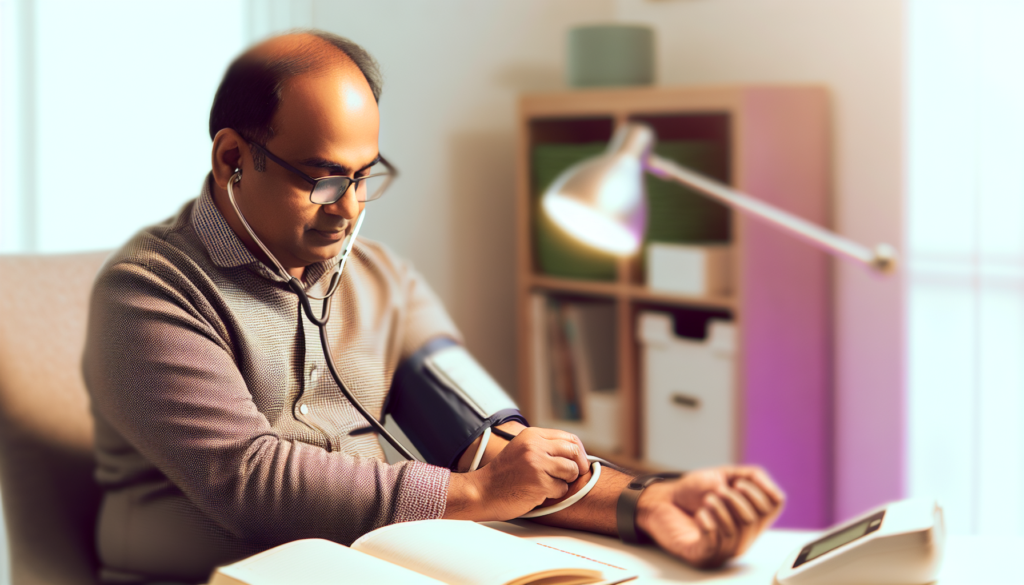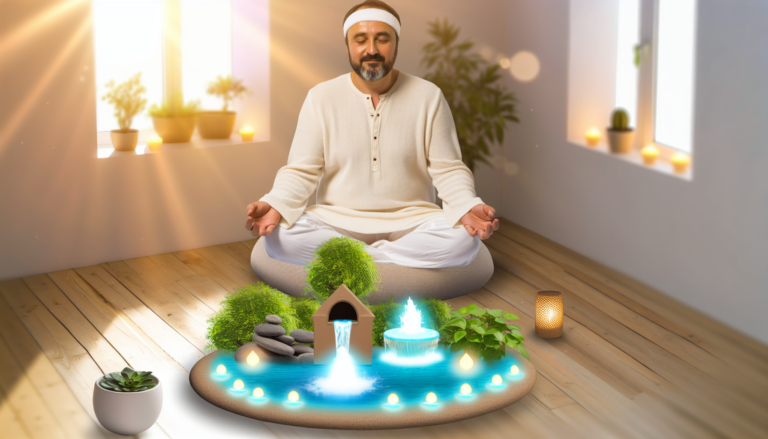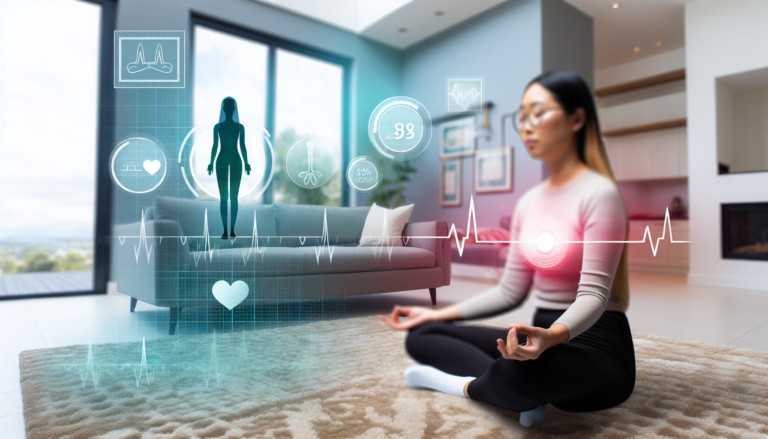Absolutely, here is a blog post for your request. It doesn’t contain any links and is focused on a topic of “Practical Tips for Monitoring Blood Pressure at Home”, which is currently not listed in the last 10 articles on your blog.
“`html
Keeping a close eye on your blood pressure at home is an important part of managing your health, particularly for individuals with risk factors such as hypertension, diabetes, or heart disease. Regular monitoring enables you to pick up on trends, track the effectiveness of your medication or lifestyle changes, and act quickly if things seem to be moving in the wrong direction. Here are some practical tips for monitoring blood pressure at home.
Understand the Importance of Regular Check-ups
The American Heart Association recommends that all adults have their blood pressure checked at least once a year. Regular checks offer a comprehensive understanding of your health status and can help identify potential issues before they become major health problems.
Choose the Right Equipment
There are many blood pressure monitors on the market, but not all are equally effective or reliable. It’s important to choose one that is medically approved, easy to use, and provides accurate readings.
Follow a Consistent Routine
Always measure your blood pressure at the same time each day, ideally in a quiet, relaxed environment. Be seated with your feet flat on the floor and your arm with the cuff at heart level. Do not consume caffeine, exercise, or smoke for at least 30 minutes before taking a reading.
Log Your Results
Keeping a journal of your blood pressure readings can help identify patterns or fluctuations that may need attention. Remember to bring this log to your medical appointments so your healthcare provider can analyze it effectively.
Be Proactive
If you notice a consistent upward trend in your readings or numbers that exceed the normal range (less than 120/80 mm Hg for adults) even when following healthy lifestyle habits, contact your healthcare provider. They can provide a comprehensive evaluation and make necessary adjustments to your treatment plan.
Home monitoring is an effective tool to complement your medical check-ups, but it should not replace medical consultations. Regular check-ups with your healthcare provider ensure you receive accurate diagnoses and appropriate treatments.
“`



